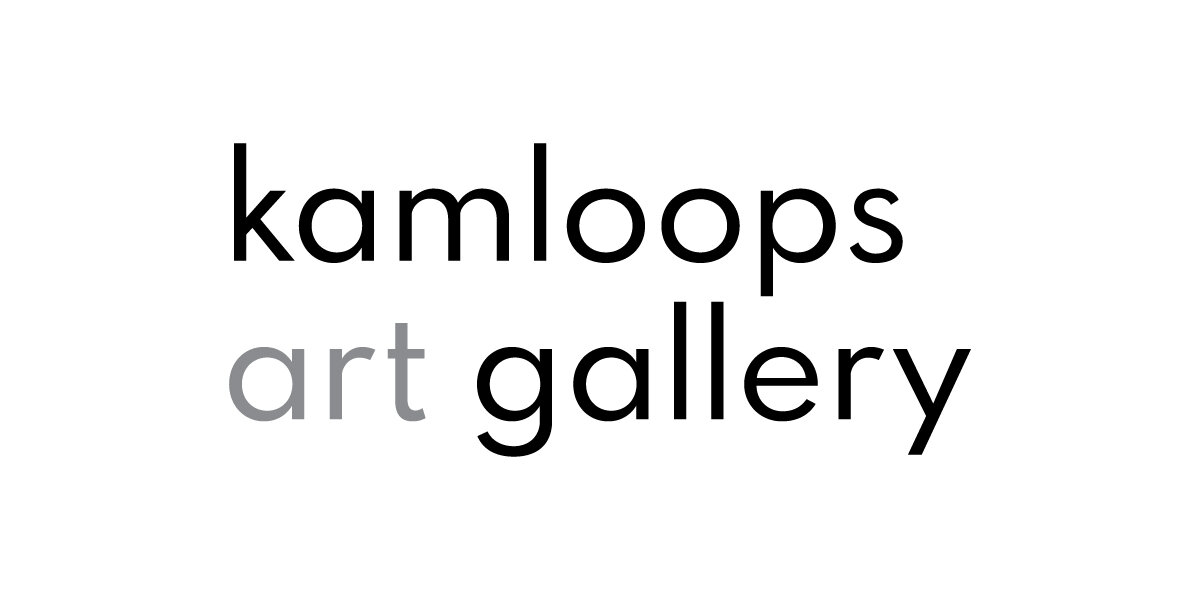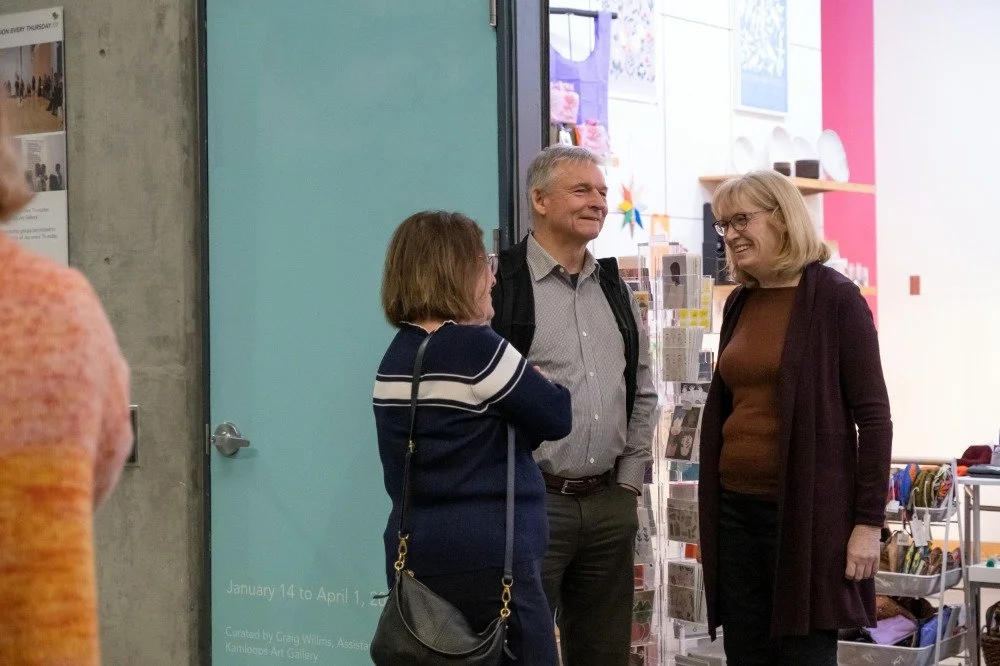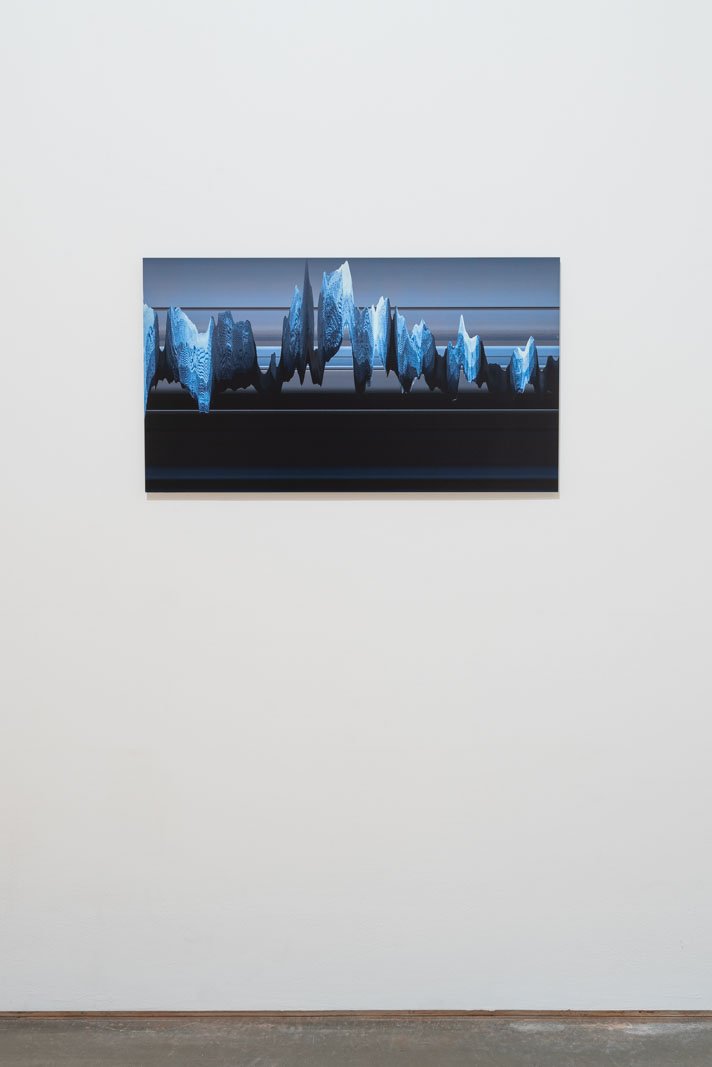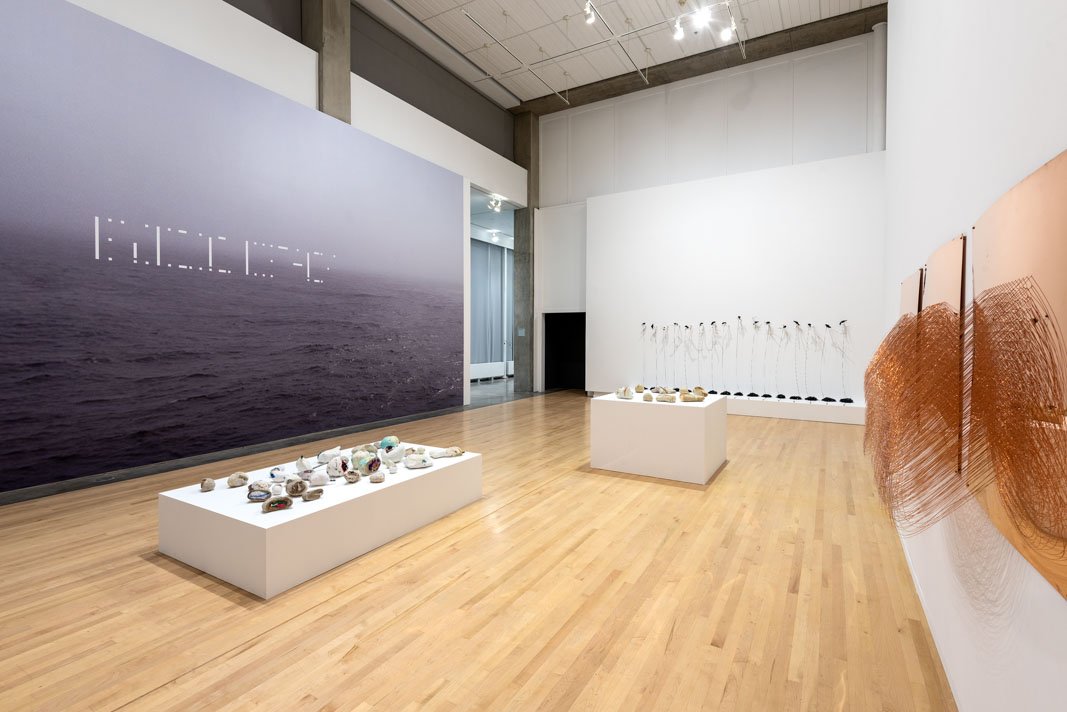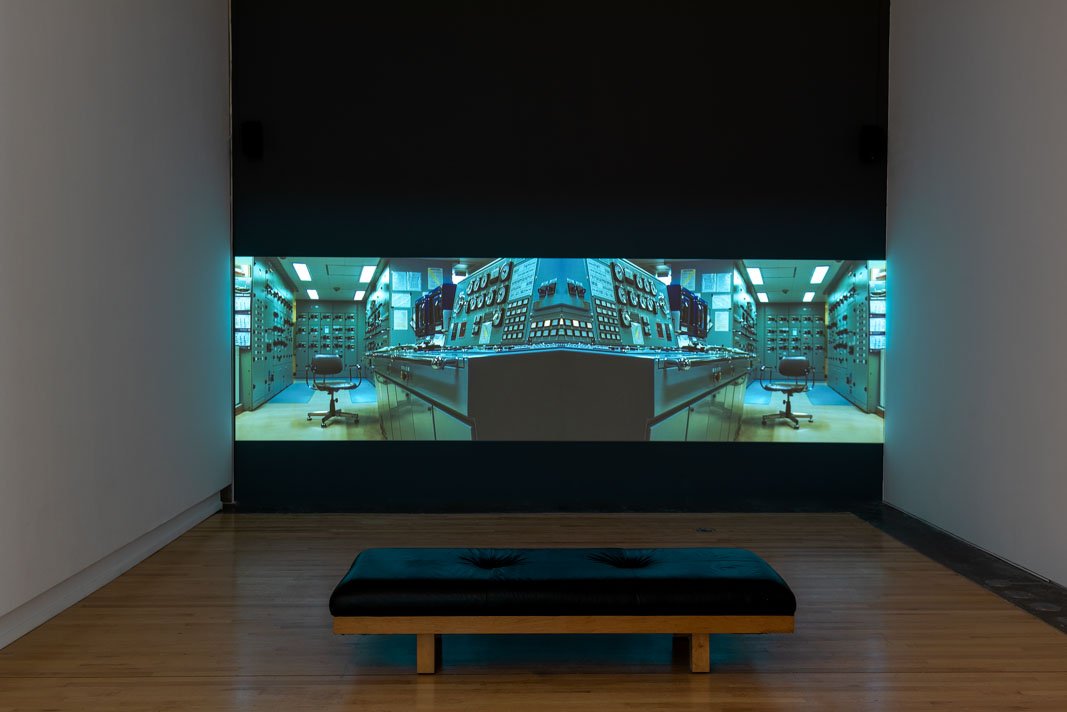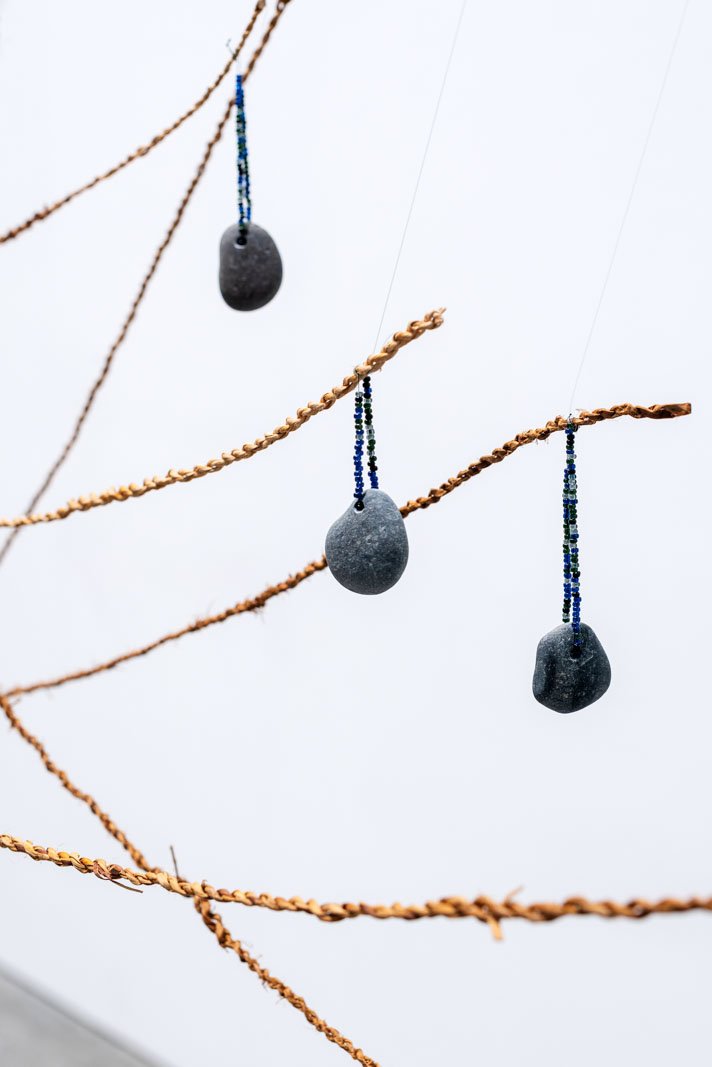ECHOES
Scott Benesiinaabandan
Jeffrey McNeil-Seymour & Dayna Danger
Caroline Monnet
Nicole Preissl
Maika‘i Tubbs
jaz whitford
Central Gallery
July 15 to September 9, 2023
Curated by Emily Dundas Oke
“Water connects us all.” - Elder Dr. Margaret Vickers Hyslop
As an echo reflects and repeats between entities, this exhibition contemplates ways recurrences traverse generational and geographical expanses. An echo is a continuation that needs a physical body on which to resound. Here, the bodies of water and the physical remnants of stone, plastic, and land become the houses for the historical traces of change and continuity. The works in this exhibition explore the physical and embodied ways in which memory appears and continues to resonate within individuals and across generations. Through practices such as ceremony and revisitations of the voyages of one’s ancestors, the artists included in echoes call upon knowledge systems that do not rely on the written word, but rather assert a continuity and interconnectedness between body, land, and water. Each of these entities also demonstrate their agency as knowing beings. These practices and beliefs posit specific notions of time while entangling our bodies within processes of remembering.
Central to this exhibition is the power of communication to both reveal and shield knowledge. As many of the artists employ specific sets of inheritances and historical processes, we are reminded that knowledge is never separate from context and always requires a body to know, whether it is a body of water or otherwise. Originally shown at the Burnaby Art Gallery on the ancestral and unceded lands of the hən̓q̓əmin̓əm̓ and Sḵwx̱wú7mesh-speaking peoples, this iteration of echoes brings home a ceremony performed by Secwépemc and fourth-generation English settler, and Two-Spirit artist Jeffrey McNeil-Seymour. McNeil-Seymour performs a Two-Spirit ceremony he was gifted by a Nlaka’pamux Elder in collaboration with Two-Spirit Métis, Saulteaux, and Polish artist Dayna Danger and extended kin. Performed at the confluence of Simpcetkwe and Secwepemcetkw (also known as the North and South Thompson Rivers), the artists’ movements and their sacrifice of salmon bones and cedar become the wayfinding for salmon returning upriver. The responsibility bestowed onto McNeil-Seymour is a continuation, re-emergence, and assertion of the integral roles Two-Spirit people hold as caretakers for their communities, lands, and medicines.
Lines of communication open across the waterways that connect each of the artists’ practices and ancestries. Stó:lō and Squamish artist Nicole Preissl notes how the sound of an echo may become softer, more quiet, until it reflects off another body. Her observation can be considered in terms of ancestral memory, how language, practices, and beliefs may wane before resurging once again. Preissl weaves storytelling with natural materials, such as plants and barks. She imparts how cedar ropes become embedded with stories and then carry them forward while its weaver is listening to stories and teachings as the rope is created. The waterways that surround the Burnaby Art Gallery, where these ropes were created and which support the plants that form the basis of Preissl’s practice, are intimately linked with the waterways of the interior Nations, as the Simpcetkwe and Secwepemcetkw flow into the Stó:lō (now known as the Fraser River). Salmon migrations, water and air flow, and kinship bind communities across rural and urban spaces. The inclusion of Secwépemc and mixed-settler artist jaz whitford’s work in the Kamloops iteration of the exhibition returns the work to the lands they depict, confronting, as whitford states, the erasure of “Indigenous accounts of place, land, and significance of colonial architecture.”
Maika’i Tubbs’ Stepping Stones make visible the irreparable damage done to waterways and lands, marked by an overabundance of waste. Simultaneously, his practice of altering disposed materials is a celebration of persistent Hawai'ian ingenuity. Anishinaabe/French artist Caroline Monnet’s voyage across the Atlantic Ocean, which traces the traverse of her ancestors, is a meditation on communication held within the body of the ocean. Monnet reminds us that the ocean is an expansive being with its own mood and its own ideas about where the sky begins and ends. Movement, and a refusal of being clearly decipherable, connects these practices. Scott Benesiinaabandan’s work reflects an intergenerational, internalized form of memory, transcending mind/body/matter distinctions.
An echo requires a resounding body. Its location forever unfixed, movement and reoccurrence are the qualities which enable it to be. Through these works, past and future moments occur. Despite the multiple crises that our waterways and systems of knowledge face, echoes reminds us that there are ancestral and emergent insights offered to us across vast and deep other-than-human relations.
This exhibition is dedicated to the memory of Jeffrey McNeil-Seymour, who advocated tirelessly for the protection of land, waters, and two-spirit youth.
echoes is organized and circulated by the Burnaby Art Gallery, and curated by Emily Dundas Oke.
A D D I T I O N A L R E S O U R C E S
Caroline Monnet
The future itself has a future, 2018
copper plate and copper wire
304.8 x 91.4 x 60.96 cms
courtesy of the Artist and Galerie Division, Montreal
Photography: Blaine Campbell
